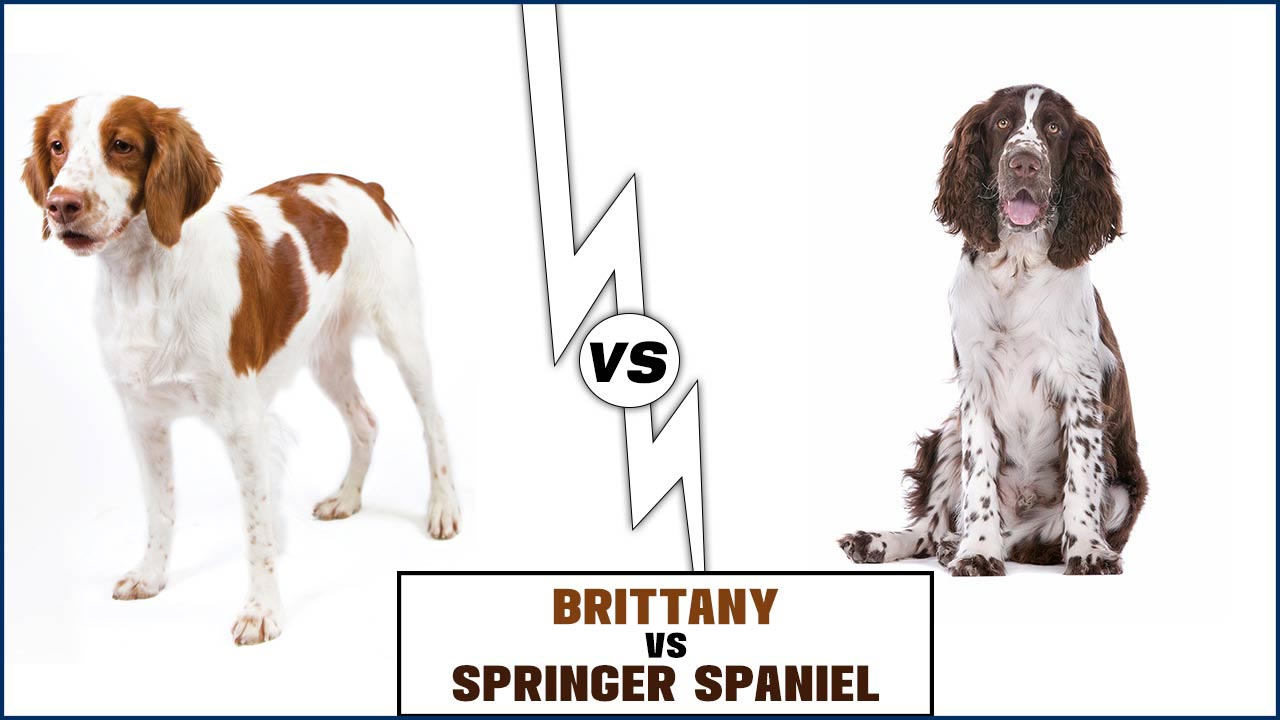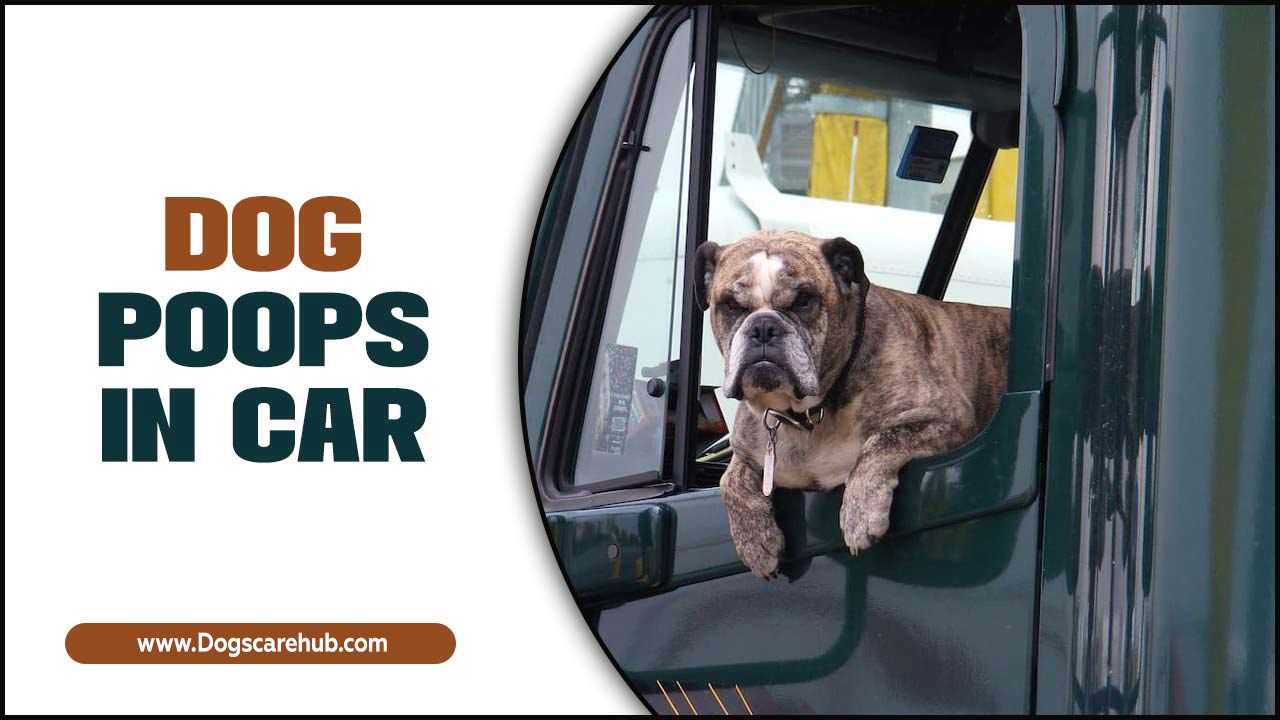Dog Whining at Night at Home: Understanding and Resolving the Issue
The quiet of the night can be shattered by a sound that tugs at any dog owner’s heartstrings and sleep cycles: a dog whining at night at home. For many, this is a common, yet deeply frustrating, experience. Whether it’s a new puppy struggling to adjust, an older dog experiencing age-related anxieties, or a previously well-behaved canine suddenly developing this nocturnal habit, the persistent whining disrupts sleep and can leave owners feeling helpless. But before you resign yourself to sleepless nights, understand that this behavior, while upsetting, is often a communication signal. By deciphering the reasons behind the whining and implementing a consistent, compassionate approach, you can help your furry companion find peace and reclaim your restful evenings.

Why is Your Dog Whining at Night at Home?
The first step to stopping the unwanted noise is to identify the root cause. Dogs, much like humans, have a range of needs and anxieties that can surface when the lights go out and the house quiets down. Here are some of the most common culprits:
Separation Anxiety: This is perhaps the most prevalent reason for nighttime whining. If your dog is accustomed to sleeping near you or in a place where they feel your presence, being suddenly separated can trigger significant distress. They may feel isolated and fearful when left alone, even if they are in another room. This can manifest as whining, barking, destructive behavior, and even accidents when you’re not around.
Medical Issues or Discomfort: Older dogs, in particular, can start whining at night due to underlying health problems. Arthritis, urinary tract infections, digestive upset, or pain from other conditions can make it difficult for them to get comfortable or cause them to need frequent bathroom breaks. If this is a new behavior for an older dog, a veterinary check-up is essential.
Environmental Factors: Changes in routine or environment can unsettle a dog. A new home, a change in sleeping arrangements, a recent move, or even loud noises from outside (like fireworks or storms) can make your dog feel insecure and anxious, leading to nighttime whining.
Needs-Based Whining: Sometimes, the reason is simpler. Your dog might genuinely need to go outside to relieve themselves. They could also be thirsty or hungry, especially if their feeding or watering schedule has been inconsistent.
Boredom or Lack of Stimulation: A dog that hasn’t had enough physical or mental exercise during the day may struggle to settle down at night. Pent-up energy can lead to restlessness and vocalizations as they try to find an outlet.
Puppy Adjustment Period: For new puppies, nighttime is a significant adjustment. They are leaving their mother and littermates, are often confined to a crate, and are learning new rules. The unfamiliarity can lead to crying and whining out of loneliness and a need for security.
Strategies to Address Dog Whining at Night at Home
Once you have a better understanding of why your dog is whining, you can begin to implement targeted strategies. Consistency and patience are key to success.
Implementing a Consistent Routine for Your Dog
A predictable daily and nightly routine is crucial for helping your dog feel secure and understand expectations. This includes set times for potty breaks, meals, playtime, and bedtime.
Establish a Regular Potty Schedule: Ensure your dog has a final opportunity to relieve themselves right before bed. For puppies and senior dogs, more frequent nighttime potty breaks might be necessary initially.
Consistent Meal Times: Feeding your dog at the same times each day can help regulate their digestive system and reduce nighttime discomfort. Avoid feeding large meals right before bedtime.
Wind-Down Routine: About an hour before you plan to sleep, begin to transition your dog into a calmer state. This could involve a gentle walk, quiet playtime, or simply some calm petting. Avoid vigorous activity that will get them too excited.
Creating a Comfortable and Secure Sleeping Environment
The place where your dog sleeps plays a significant role in their comfort and security.
Consider Crate Training: For many dogs, a crate can be a den-like sanctuary that provides a sense of security. Ensure the crate is appropriately sized, comfortable, and introduces positive associations (treats, toys). Never use the crate as punishment.
Location, Location, Location: If separation anxiety is suspected, try placing your dog’s bed or crate in your bedroom initially. As they become more settled, you can gradually move their sleeping area to their designated spot.
White Noise or Calming Music: Some dogs find background noise soothing. A fan, a white noise machine, or calming music specifically designed for dogs can help mask sudden noises and create a more consistent auditory environment.
Addressing Separation Anxiety and Fear
If your dog’s whining stems from anxiety, a gradual desensitization approach is needed.
Gradual Departures: Start by leaving your dog alone for very short periods while you are home, even just a few minutes. Gradually increase the duration as they show signs of relaxation.
Positive Associations with Your Departure: Leave them with a special, long-lasting treat or a puzzle toy filled with food just before you leave, so they associate your departure with something positive.
Avoid Overt Goodbyes: Make your comings and goings as low-key as possible. Overly dramatic farewells can heighten a dog’s anxiety.
Ruling Out Medical Causes
As mentioned, a veterinarian should be consulted for any sudden changes in behavior, especially in older dogs. A thorough physical examination and potentially diagnostic tests can rule out or identify any underlying medical conditions contributing to their distress.
Training and Behavior Modification
In some cases, professional guidance might be necessary. A certified professional dog trainer or a veterinary behaviorist can provide tailored advice and training plans to address specific anxiety issues or behavioral problems. They can help you implement techniques such as:
Counter-conditioning: This involves changing your dog’s emotional response to being alone or the triggers of their anxiety.
* Desensitization: Gradually exposing your dog to anxiety-provoking situations at a low intensity that doesn’t elicit a fear response.
Patience and Understanding: The Path to Peaceful Nights
Dealing with a dog whining at night at home is a challenge, but it’s a challenge that can be overcome. Remember that your dog is communicating a need or an emotion. By approaching the situation with empathy, consistency, and a willingness to explore the underlying causes, you can guide your canine companion towards a more settled and peaceful night, and in turn, allow yourself to enjoy the rest you deserve. Celebrate small victories and be patient with the process; a good night’s sleep for both of you is within reach.
Meet Elyse Colburn, the devoted canine companion and storyteller behind the enchanting world of “Tales, Tails, and Adventures Unleashed.” A passionate dog enthusiast with a heart full of paw prints, Elyse Colburn shares heartwarming tales and insightful adventures, celebrating the joy, loyalty, and endless antics that make every dog a true hero. Join Elyse Colburn on this tail-wagging journey, where every post is a love letter to our four-legged friends.



